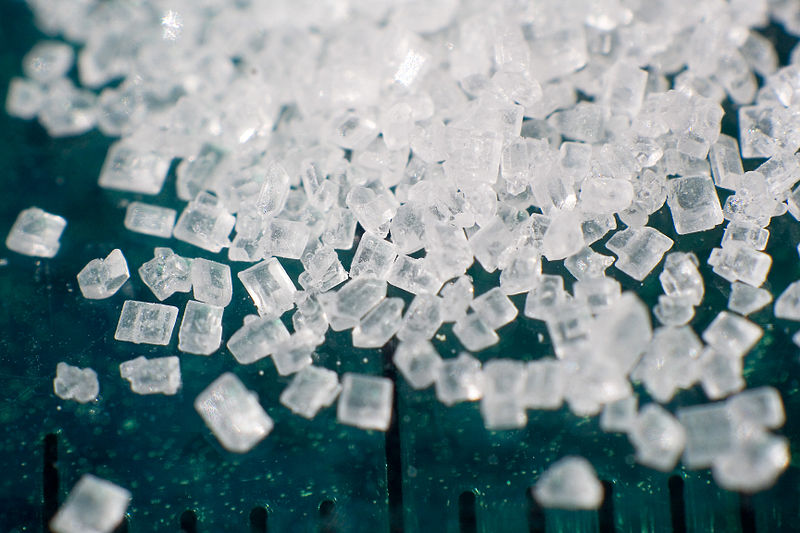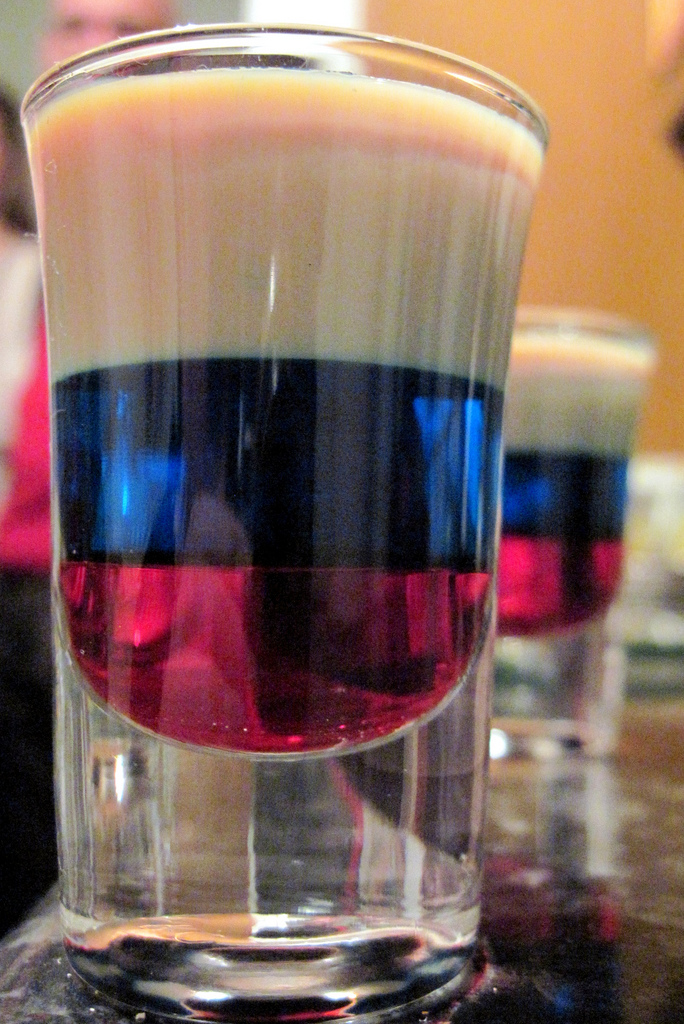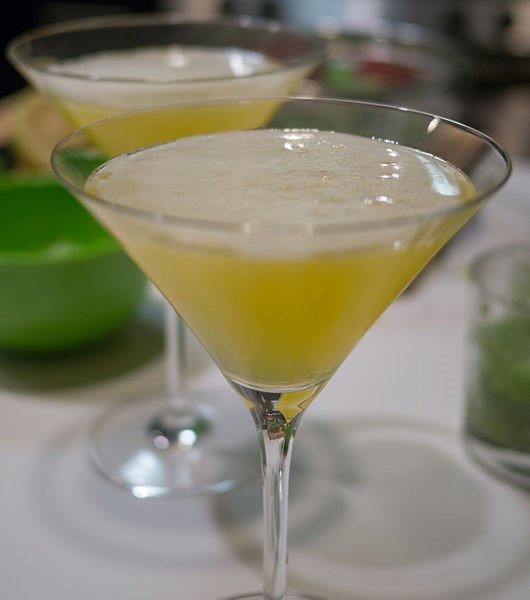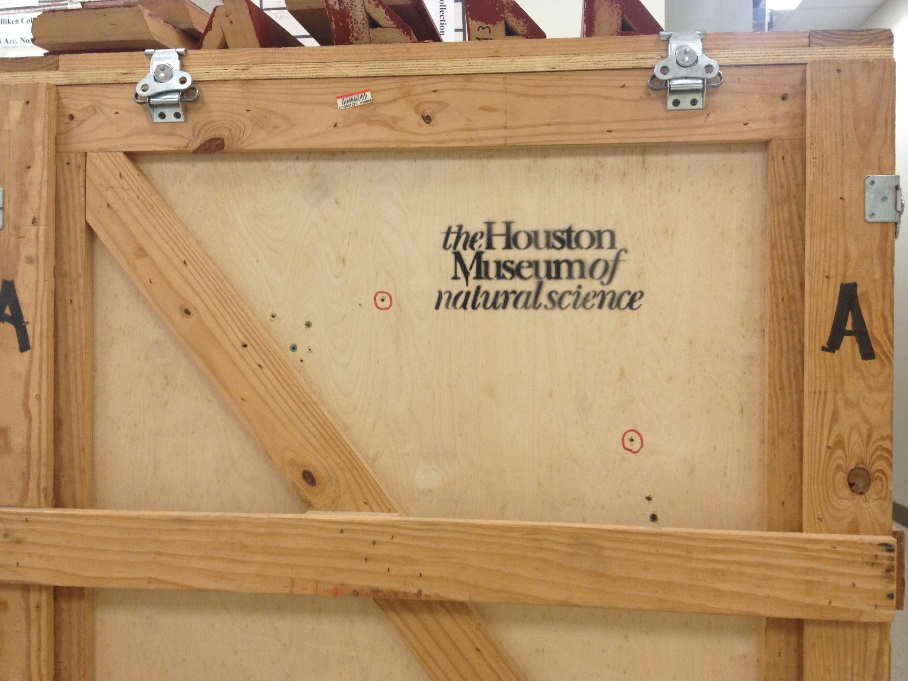Since HMNS is one of the featured charities at Okra Charity Saloon in September (read about it here), we’re doing a series of blog posts about cocktail chemistry this month. Get to know your drinks on a more molecular level. We’ll explore acids and bases, surface area, density, and fluorescence. It’s going to be elemental.
Photo Couresy of Didriks
It’s the signature drink of Sir Ian Fleming’s James Bond: dry vodka martini, shaken, not stirred.
Vodka must be at least 40% alcohol by volume (ABV) to actually be called “vodka” in the United States, according to the standards of identity section of U.S. federal codes. Since most traditional vodkas are almost entirely ethanol and water, that means for every liter of vodka, a whopping 400 milliliters are ethanol.
The vodka martini is six parts vodka, one part dry vermouth; garnishes can range far and wide, from an olive to a lemon peel (a “twist”). Most of the flavor of the martini comes from the vermouth‒specifically the ester chains that are part of the overall organic compound.
An ester is a chemical compound that begins as a carboxylic acid, which looks like this:
In this diagram, a carbon atom is double-bonded with an oxygen atom, single-bonded with a hydroxyl group (OH), and single-bonded with the rest of the atomic chain (R). This pattern is what is defined as a carboxylic acid.
To become an ester, the hydrogen atom in the hydroxyl group must be replaced with something else, like more carbon atoms:
In this diagram, a carbon atom is double-bonded with an oxygen atom, single-bonded with an oxygen atom that is bonded to another compound, and single-bonded to yet another compound. This is the definition of an ester.
Before the martini is served, it is mixed with ice, and this ice serves two purposes. First, it’s important to note that chemically, ice is just H2O. When H2O is added to an ester, the ester starts to become more polarized and saturates out into what is called a micelle. In this context, the micelle is a tiny drop of esters clustered in one spot (micelles are also used in things like laundry detergent and medication, but more on that another time). Cooling the martini down releases the esters from the micelle and adds flavor to the drink. Luckily enough, ice is also pretty cold.
Photo courtesy of rick
So why get your martini shaken, not stirred? Shaking the cocktail with ice lowers the temperature more effectively than stirring with ice does, producing better flavor! Shaking a liquid is inherently more violent than stirring it. As a result, the individual molecules are bouncing around much more quickly when shaken. When the molecules are moving quickly, the liquid is covering more ground and has more inherent surface area. And since ice melts from the outside in, greater surface area of the liquid means greater contact with the melting ice, which will cool the drink down more quickly.
The flipside of cooling the drink down more quickly is that, as the ice melts, it waters down the drink. Stirring a martini gives it a slightly higher ABV, as there will be less melted water when the cocktail is poured into a chilled glass. But doing so sacrifices the flavor of the esters, something not even James Bond was willing to do.
Stop by Okra Charity Saloon to try a vodka martini, shaken, not stirred, during the month of September, and support your Museum! Don’t forget to check back next week when we discover density differences in beverages.











